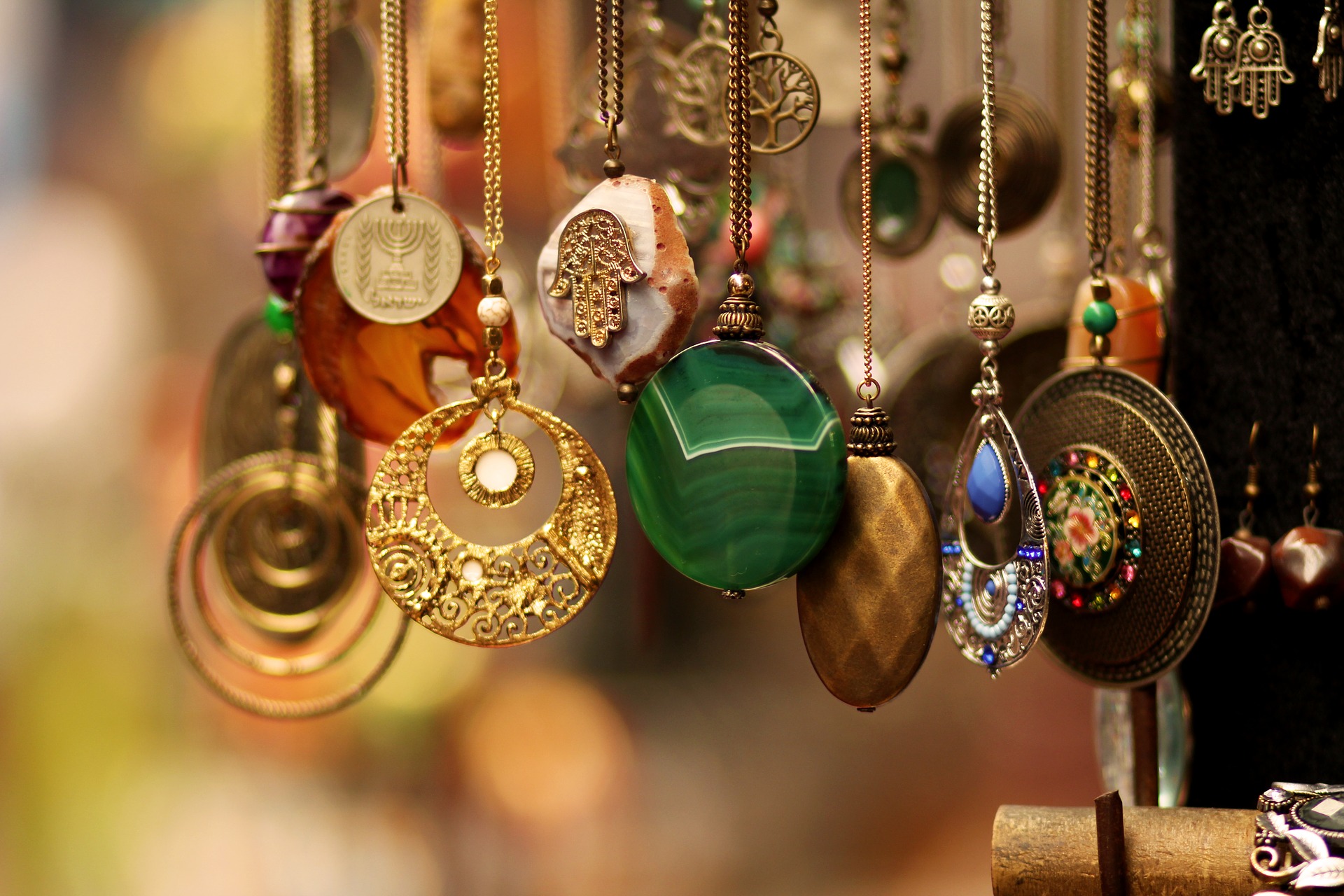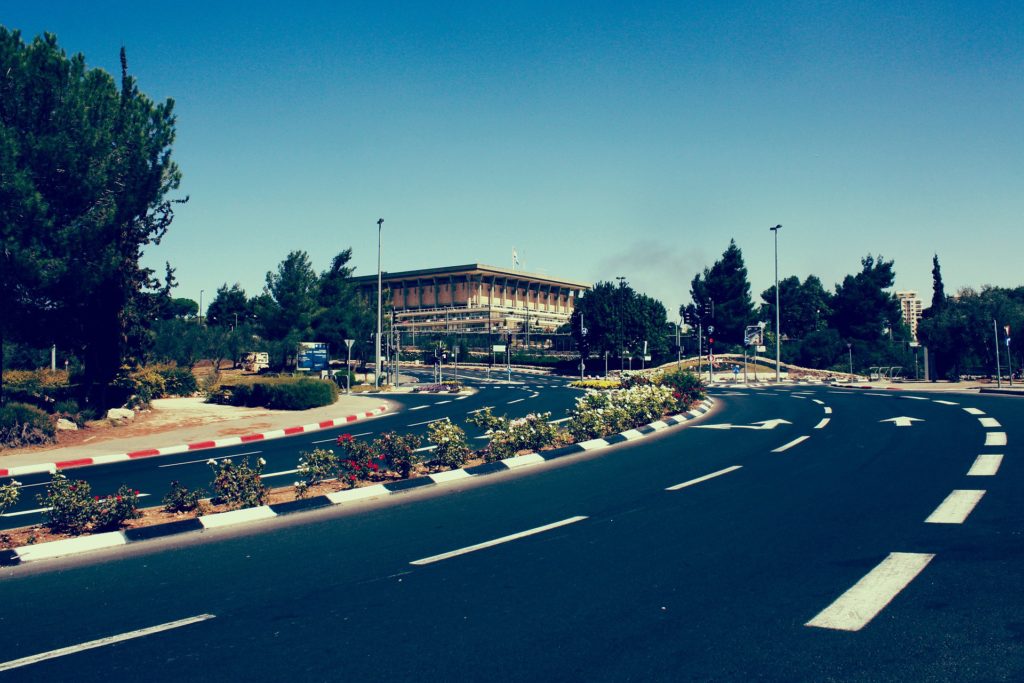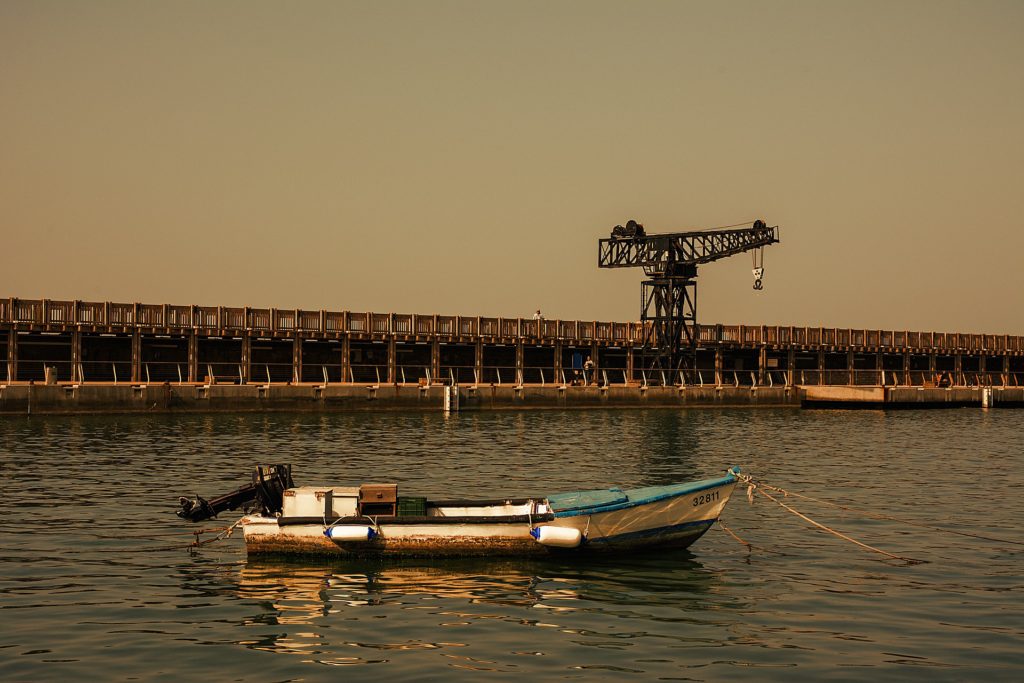The famous Jaffa flea market, probably the most popular tourist and cultural attraction that is associated with Jaffa, is in the middle of a huge transformation that has cost the Tel Aviv-Jaffa Municipality NIS1 billion over the past 10 years. While today you can find scores of trendy bars, restaurants, cafés, and boutiques boasting the latest designer clothes, you can still find a bounty of dust-covered antiques and second-hand clothes. Despite the changes, Jaffa has not lost its tradition of warmth and hospitality.
Thanks to the municipality’s widespread structural enhancements in the central, southern and northern sections of the market, one area where the changes are particularly vivid are the in surrounding alleyways, which no longer turn into hazardous torrents every time it rains. Also, boarded up windows, broken pipes, and barbed wire have disappeared making way for unbroken cobblestones, elegant streetlamps, and refurbished porticos, making the entire expanse look cleaner and more alluring.
Another factor influencing the change is not just the new businesses popping up, but the fact they deliberately cater to a chic, young clientele who know the latest international trends, yet are still looking to experience the unique Jaffa charm. An example is Atlas Hotels’ boutique Market House hotel located between the Greek Market and flea market. The hotel has a Jaffa feel —high ceilings characteristic of old Jaffa buildings, portraits of iconic Jaffa figures, local art, and photos of the market, but also features ultra-modern and luxurious fittings down to the smallest detail.
The hotel and adjacent Milk Bakery are situated in a building constructed around 150 years ago on land bought from the Greek Orthodox Church. Soon after the State of Israel was established until the 70’s, it served as the headquarters of the Israel Security Agency (Shabak) after which it was used by the IDF for about another 20 years. In the late 90’s, the building was sold to be converted into a hotel. The process was delayed for different reasons, including the requirement to perform an archaeological survey before renovating a dilapidated building. The survey revealed a Byzantine church dating back to the eighth century CE. Today, several areas of the hotel lobby’s floor is made of thick glass offering a glimpse of the church’s relics. The building then changed hands and the Market House was opened.
In fact, the Israel Antiquities Authority (IAA) led a series of archaeological excavations in the flea market and the surrounding area before the municipality’s extensive refurbishments began. The conclusion was that for thousands of years, the entire area served as a “lower city” to ancient Jaffa. When the city flourished, such as during the Byzantine Period, the lower city was an industrial area with compact housing and wine presses, while in less affluent times, it was used as a cemetery and for agriculture. Excavations also exposed widespread remains of agriculture from Ottoman times, such as irrigation channels.
Towards the end of the Ottoman era, in the 1880s, Jaffa’s population burgeoned with Zionist pioneers and Jewish refugees escaping Europe’s pogroms. Many stayed in the ancient port city that for centuries served as the gateway to Israel. The wall encircling the city was destroyed to expedite growth and a new square was created where the clock tower on Yefet Street still stands today.
Jaffa expanded onto land mostly owned by the Greek Orthodox Church. The Church leader built the first flea market (the Greek market), in the 1950s came the flea market, and most recently, a market has emerged in the piazza on Amiad Street (the Amiad market). However, the area is so small that everyone just refers to it as the Jaffa Flea Market — some with alleys full of construction workers and machinery indicating future changes, others reflecting the old Jaffa market, and still more featuring fashionable shops that give a glimpse into the market’s future. However, whatever the extent of the renovations, the distinctive character of Jaffa will prevail.





